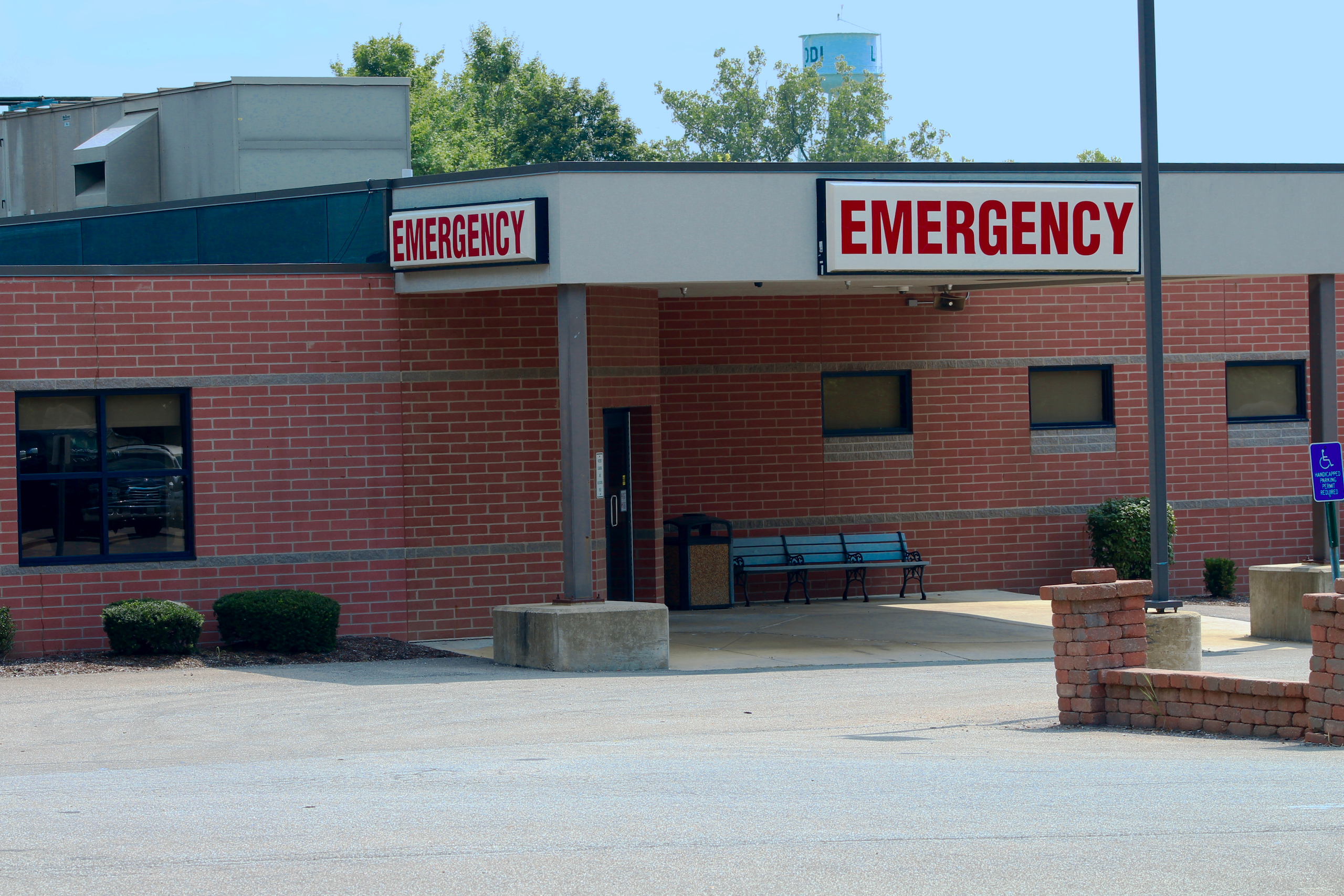Medicaid cuts of $1 trillion could close over 300 rural hospitals in the next decade.
It’s been less than a month since President Trump signed the “Big Beautiful Bill” into law (we prefer Big Bad Bill). While many of the cuts don’t go into effect for months or even until after midterm elections next year, the impact is already being felt.
In order to pay for the permanently extended Trump tax cuts from his first term in 2017 (as well as a host of new tax breaks for corporations and businesses), the Republican Congress needed to find cuts in other parts of the budget. Trump promised not to touch Social Security or Medicare (a promise he actually failed to keep in this law, which does in fact cut Medicare) (add footnote here) and he’s INCREASING the defense budget. So, the only large line-item left is Medicaid, the health insurance program for lower-income people serving 80 million people that also covers 60% of nursing home care and things like school nurses and counselors.
Republicans insist that they are not cutting Medicaid, but that argument evaporated pretty quickly when they had to create a “Rural Health Fund” of $50 billion in response to nervous constituents back home losing access to their local hospitals. Here’s a rundown of how the BBB could impact local communities.
Rural hospitals serve nearly 60 million Americans in rural communities—nearly 1 in 5 US residents. These hospitals are often the only source of emergency care, maternity services, and specialized treatments within dozens or even hundreds of miles.
So, what exactly does the “Big Bad Bill” do?
- Medicaid Cuts: The law’s $1 trillion in Medicaid cuts over the next 10 years will strike hardest at rural hospitals, which depend heavily on Medicaid revenue. The National Rural Health Association estimates that more than 300 rural hospitals—out of roughly 1,800 nationwide—are considered at “immediate risk of closure” beginning in 2026, when the funding cuts take effect.
- Rural Health Transformation Fund: The bill includes $50 billion to offset these cuts, but funds will only flow to hospitals in states that submit and receive approval for detailed rural health transformation plans by the end of this year. So if a state fails to submit a plan by December 31st, NO hospital there will be eligible and even if they do, not every hospital will qualify.
The Impact of Closures on patients and communities
If even a portion of the 300+ rural hospitals at immediate risk are forced to close:
- Hundreds of thousands of patients could lose access to emergency care within a reasonable driving distance – 15 minutes becomes 45 and that can be the difference between life and death.
- Studies show each rural hospital closure leaves an estimated 10,000–20,000 local residents without easy access to hospital services. Altogether, closures on this scale could affect the care of 3 million to 6 million rural Americans in the coming years.
- Vulnerable populations—seniors, low-income families, pregnant women, and people with chronic conditions—will be harmed most by reduced access.
- Economic fallout would ripple beyond healthcare, threatening local jobs and community stability.
So, what’s next
- Pressure starts now: The law starts impacting finances and planning for hospitals and state agencies in late 2025.
- When will Funds Flow? Even for the hospitals that qualify, federal funds likely won’t reach hospitals until several months into 2026—and only where states move quickly to secure and distribute them.
- Potential closures: The timing and severity of closures will vary by state and community, but the risk becomes acute by mid-2026. Hospitals in states that miss the December 31, 2025, plan deadline or fail to secure enough support could close even sooner.
For millions of rural patients, 2026 may be the year that local access to lifesaving medical care disappears. And this is actually the tip of the iceberg: school staffing will also be impacted by these cuts, health care premiums for Americans who have private insurance are expected to skyrocket next year (in many cases by over 20%), and yes, despite promising again and again that Medicare won’t be touched, in fact it will face cuts, because the out-of-control spending in this bill will trigger automatic cuts.1
To be clear, Medicaid is far from perfect and could certainly stand to be improved. But the way to improve it is
- The BBB speeds up the timeline for when Medicare’s trust fund (which pays for hospital care) will become insolvent. If Congress takes no additional action, automatic spending cuts will be triggered, reducing Medicare funding by approximately $500 billion between 2026 and 2034.


